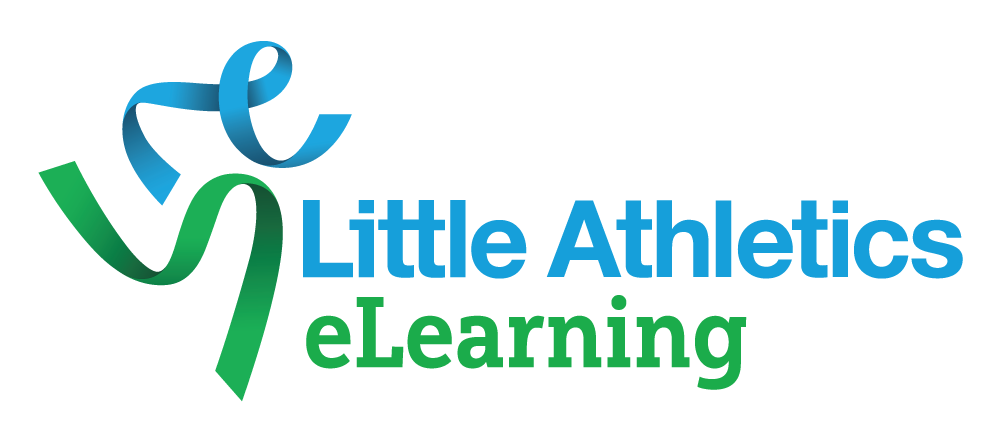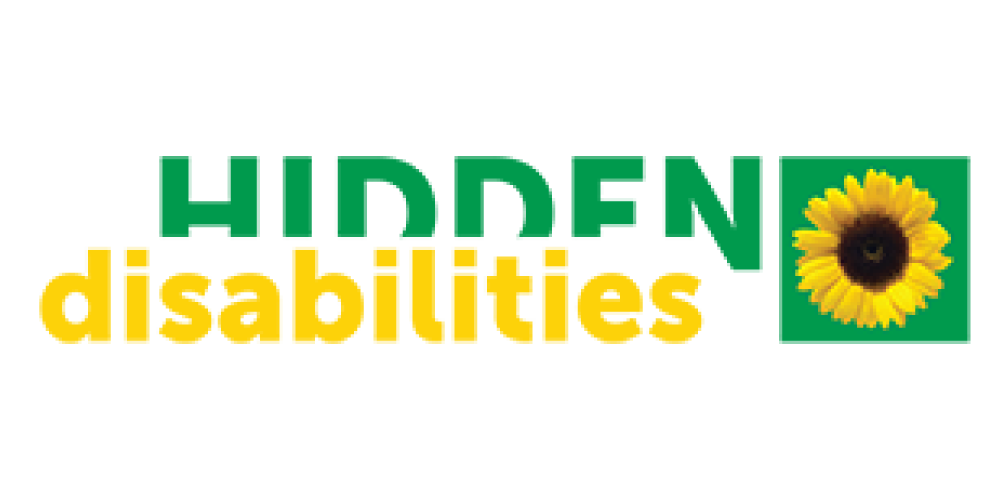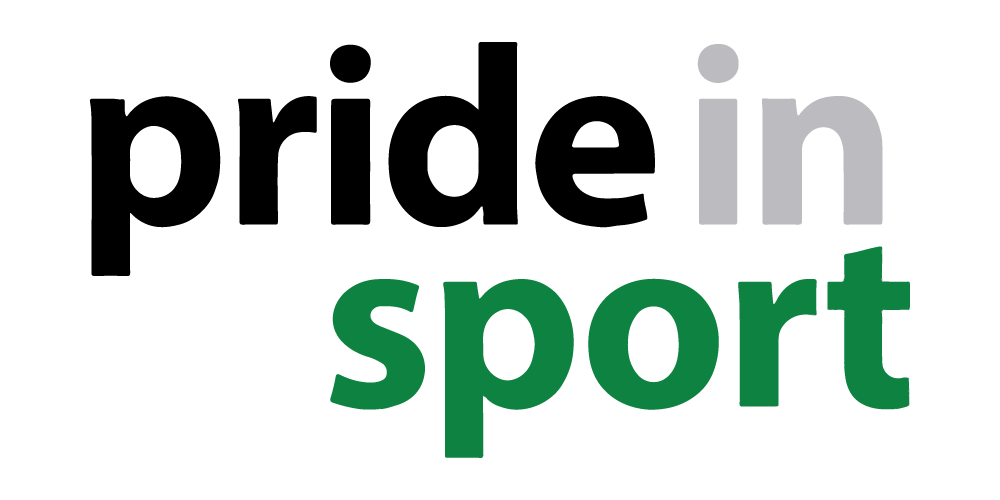Low Muscle Tone
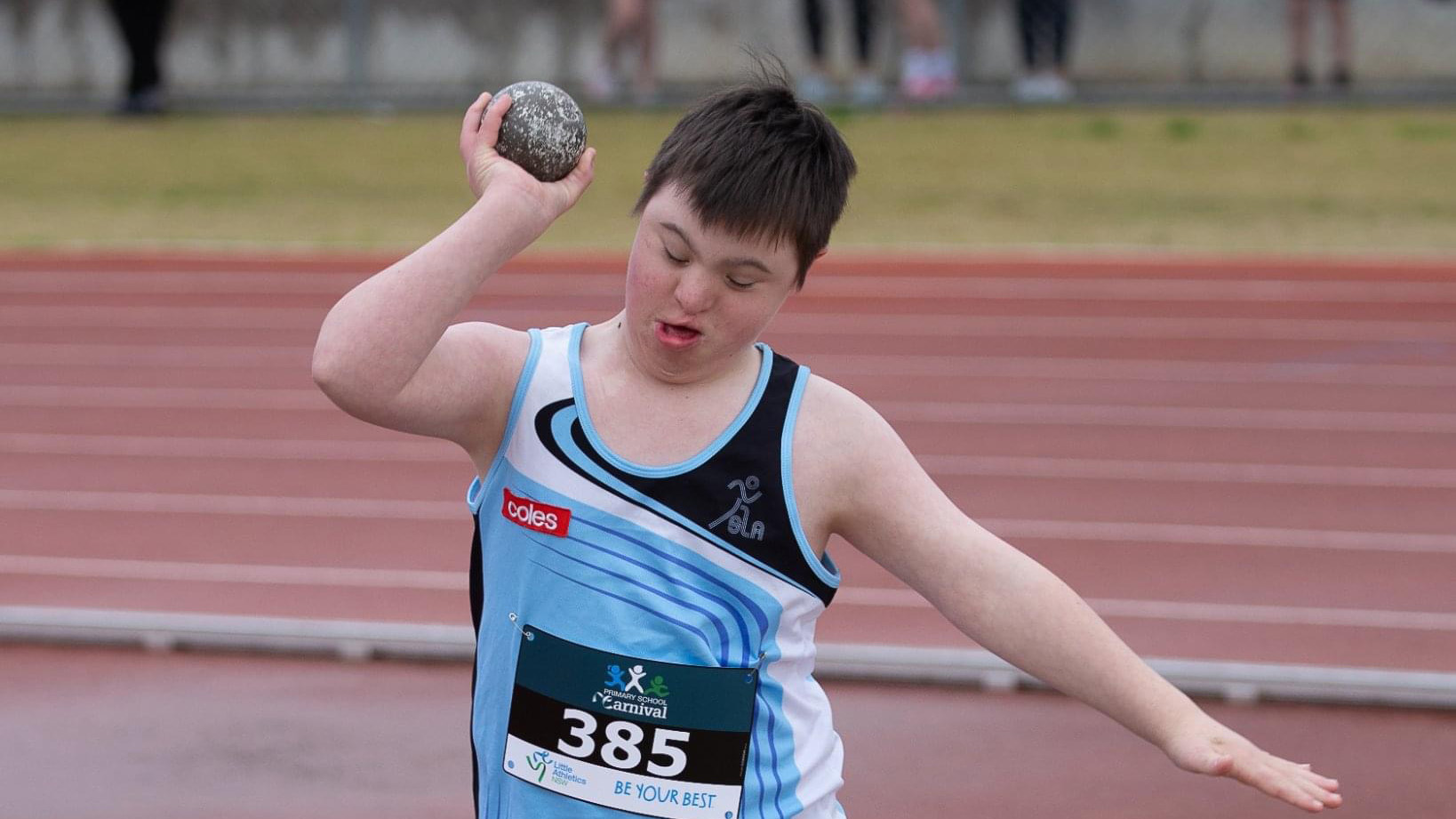
Athletes with low tone benefit from regular physical activity to build strength and core stability.
What is Low Muscle Tone?
- Low muscle tone is sometimes called hypotonia or decreased tone.
- Muscle tone and muscle strength are different things.
Tone
- Tone is the amount of tension a muscle has at rest.
- Tone allows us to hold our body up against gravity and move our limbs.
Strength
- Strength is what your muscles do when they are moving.
- Strength is the muscle’s ability to move the limb against resistance (equipment, the ground and gravity).
Athletes with Low Tone
- Muscles may feel and look floppy.
- Muscles find it difficult to sustain a prolonged muscle contraction/tightening.
- May have increased flexibility in their joints.
- Find it difficult to keep a good posture.
- Expend a lot of energy constantly to keep upright and so may have difficulty concentrating.
- Expend a lot of energy constantly to keep upright and so may get tired more easily.
- Tone may be “worse” when the athlete is tired.
What might this look like?
- Will tend to lean on things when sitting or standing or lie down due to increased tiredness.
- Hypermobile joints ie elbows bend a little bit backwards.
- May have extra rolled in feet and knees.
- May prefer more sedentary activities.
- Low tone may cause the athlete to fall over more often.
- Athletes may drop implements more often if they are not paying attention.
- May find explosive events more difficult such as jumping and sprints.
Causes of Low Muscle Tone
Low tone is usually caused by damage to the part of the brain which controls movement, but sometimes the cause is unknown.

How to support athletes with low tone using the TREE framework
T – Teaching/coaching style
R – Rules and regulations at the Centre
E – Environment
E – Equipment
Teaching/Coaching style
How the volunteer, parent or coach organises the events, encourages skill development and communicates information to athletes.
- Warm-up activities increase muscle tone by activating the muscles. Use games with similar components to the event ie jumping games pre jumping events.
- An athlete with low tone can have great physical stamina, strength, and endurance. It might just take them a little extra time to develop, so offer opportunities to practice.
- Athletes with low tone often have flexible joints and so can be more at risk of injury especially when landing in jumping events. Demonstrate and practice a “soft landing” style to focus on muscle control when landing.
- Athletes with low tone will often need support for balance and coordination.
- Moving a body with low tone takes a lot more effort than for athletes with typical tone. Look out for signs of fatigue such as – shaky limbs, wobbly legs, reduced balance, reduced coordination, difficulty concentrating or remembering the tasks.
Rules and Regulations at the Centre
Can be modified at the Centre so athletes can participate. Please note that specific rules may apply to higher level competition.
- You can modify the event.
- You can modify for safety when using equipment.
- Staggered starts or rolling starts (athletes starting at set intervals).
- Extra lane between competitors.
Environment
Changes you can make to the physical space to be inclusive.
To provide a space that everyone can access and use, it is important that the parking lot, entry to field, field, track, viewing area, and amenities can be used by everyone.
- Prepare the environment by organising seats/benches in the waiting areas.
- Think about lane allocations
- Encourage the athlete to use the lane with the smoothest surface to reduce risk of injury due to reduced balance and body awareness.
- Sometimes the inside lane has a lip on the track which can be a tripping hazard.
- The outside lane has a gentler curve which is helpful if using equipment or the athlete needs help from a volunteer.
- Encourage the athlete to use the lane with the smoothest surface to reduce risk of injury due to reduced balance and body awareness.
Equipment
Modify athletics equipment or use disability related Assistive Technology so the athlete can participate. We have more information on Assistive Technology suppliers.
- Athletes with high tone will likely need a seat while waiting at and between events.
- Offer lighter or smaller throwing equipment.
- Alternatives include bean bag, softballs, quoits, turbojavs.
- The rules might be different between school and home sport.
- Assistive Technology (equipment) is used to support high tone so the athlete can compete. You can allow the athlete to use their everyday equipment. This is Assistive Technology that they use in their everyday life, not for a short-term injury.
- Crutches.
- Walking frame.
- Wheelchair.
- Orthotics.
- Prosthetics.
- Specialised Assistive Technology for athletics can be used.
- Frame Runner.
- Race Wheelchair.
- Throwing frame.
- Athletes may need a helper adult (eg parent or support worker or therapist) to use the equipment safely and effectively, especially when learning – ask the athlete what they need.
- Come and try days are an opportunity for athletes with disability to try Assistive Technology which might help them in athletics. Athletes without disability can try the equipment too to gain an understanding of how complex they are to use.
Sources
Royal Children’s Hospital Melbourne
TREE framework developed by the Australian Sports Commission
